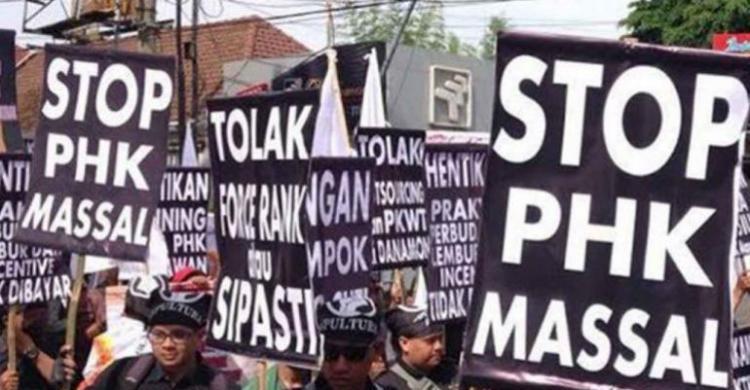“Mass Layoffs Looming! 5 Strategic Moves for Indonesia’s Local Industry to Survive the 32% US Tariff Storm” 🚀
Indonesia’s labor-intensive industries are facing a storm. Starting August 1, 2025, the United States will impose a 32% import tariff on key sectors like textiles, footwear, furniture, toys, and light electronics. According to APINDO, these industries represent a significant portion of Indonesia’s exports to the US—even though total exports to the US comprise only about 10% of Indonesia’s global exports ([Katadata][1]).
1. Economic Impact: Mass Layoffs at Stake
Studies predict export losses of IDR 105–164 trillion, with GDP shrinking by 0.05–0.5%. Indef economists warn of up to 1.2 million layoffs, and labor unions estimate 50,000 layoffs within the first three months ([Bisnis.com][2]).
2. Competitive Shifts: Relocation & Rival Nations
As tariffs rise, global buyers are eyeing Vietnam, Bangladesh, and India—countries exempt from such tariffs—as alternative sourcing hubs. This isn’t just speculation; Vietnam saw a boom in textile exports during previous tariff wars ([Katadata][1]).
3. Indonesia’s Five Survival Strategies
A. Aggressive Economic Diplomacy
APINDO and the Indonesian government are lobbying in Washington DC to renegotiate tariff terms. One proposal: exchange tariff relief for increased US cotton imports ([KOMPAS.com][3], [TubasMedia.com][4]).
B. Market Diversification
New targets include BRICS, Europe, the Middle East, South America, and Asia via CEPA and BRICS FTA. Trade missions and support programs are accelerating ([Bisnis.com][2]).
C. Deregulation & Incentives
Businesses are calling for tax, energy, and licensing incentives to stabilize production and protect jobs.
D. Trade Remedies & Layoff Task Force
APINDO proposes a dedicated task force to tackle layoffs and trade protection (anti-dumping, illegal imports) ([Infobanknews][5]).
E. Local Supply Chain Optimization
Redesigning the value chain to reduce reliance on imported raw materials—boosting local value-added production through digitalization and Industry 4.0 transformation.
4. The Secret Weapon: Bonded Logistics Centers (PLB)
PLBs allow imported or inter-customs goods to be stored, repackaged, or labeled before duties are paid—a strategic efficiency tool ([Transcon Indonesia][6]).
Proven Benefits of PLB:
-
Cut logistics cost by 25–27% of GDP
-
Enable consolidation and added value
-
Reduce import delays and warehousing costs
-
Attract investors, create jobs, support SMEs
5. PLB as the Strategic Anchor
A. Lower Production Costs:
Deferred duties → improved cash flow → price stability even during high US tariffs.
B. Agile Global Response:
Just-in-time sourcing for import-reliant sectors, preserving buyer trust.
C. Domestic Consolidation:
Reduce dependency on external logistics → lower risks and costs.
D. Digital Infrastructure:
WMS and INSW integration → faster clearance, full tracking.
E. Regulatory Backing:
Regulated by MoF 272/PMK.04/2015 → ensures supervision and transparency.
Conclusion
The 32% US tariff is not just a speed bump—it’s a tsunami. But with:
✅ Active diplomacy
✅ Market diversification
✅ Deregulation + incentives
✅ Trade remedies
✅ Supply chain reengineering
✅ PLB strategy
Indonesia’s industries can stay resilient. PLBs aren’t just warehouses—they’re strategic powerhouses that reduce costs and enable smart production. When used effectively, PLBs can be the game-changer Indonesia needs in the face of global tariff wars.
